Do you have a question about the Roland TrueVIS SG3-300 and is the answer not in the manual?
Detailed steps for loading and configuring new roll or sheet media.
Essential checks and cleaning procedures before starting printing.
Adjustments for improving print accuracy, like feed and gap correction.
Detailed steps for fine-tuning cutting parameters like blade force and speed.
Routine cleaning and checks for daily printer upkeep.
Detailed steps for loading and configuring new roll or sheet media.
Essential checks and cleaning procedures before starting printing.
Adjustments for improving print accuracy, like feed and gap correction.
Detailed steps for fine-tuning cutting parameters like blade force and speed.
Routine cleaning and checks for daily printer upkeep.
| Print Resolution | Up to 1200 x 1200 dpi |
|---|---|
| Number of Colors | 4 colors (Cyan, Magenta, Yellow, Black) |
| RIP Software | VersaWorks 6 |
| Ink Type | Eco-Solvent |
| Ink Configuration | CMYK |
| Media Compatibility | Banner, Vinyl, Paper, Backlit |
| Media Width | Max 30 inches (762 mm) |
| Connectivity | USB, Ethernet |
| Print Technology | Inkjet |
| Ink Droplet Size | Variable dot |
| Operating System Compatibility | Windows |
| Power Requirements | AC 100-240V, 50/60Hz |
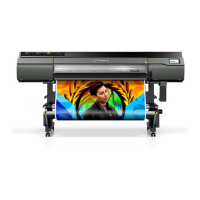
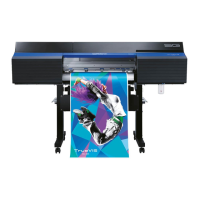
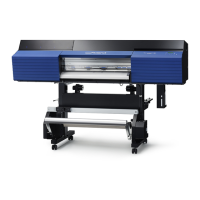



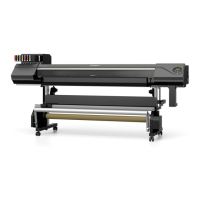
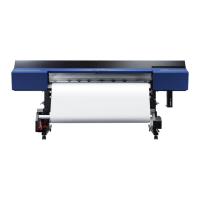
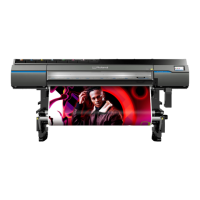



